A couple of weeks ago I heard the very sad news of the death of Mike Rigby, a good friend from a while back who I'd not been in touch with for ages. Mike, who lived alone, had been dead for a while when he was found in his flat, and his cause of death is still unknown. He was responsible for introducing me to wine, and so I thought it was appropriate to post my own, personal tribute to him here.
When I first met Mike, he was a vicar at a CofE church in Wallington, Surrey. I was aged 18, had just finished my 'A' levels, and was on a young person's 'houseparty' organized by an Anglican youth organization, held in the lovely settings of Milton Abbey School in Dorset. Mike was one of the leaders. These houseparties were great fun; coming from the background of a boys' school, to be able to spend a week with 120 other kids half of whom were female was a wonderful opportunity, and one that I made the most of.
The following year I attended the same houseparty, this time as a 'helper' (I was now at university), and Mike introduced me to a remarkable group of young people from his own church. We got on so well that I spent a good deal of time in Wallington over the next few years, and several members of this group are still very good friends. One is my wife!
In my weekend trips to Wallington I saw quite a bit of Mike. He was incredibly intelligent (one of the smartest people I've met) and insightful, yet at the same time quiet, reserved and almost self-contained. He loved truthfulness, and absolutely hated any form of control. He inspired great loyalty in his friends, but also a perplexingly intense hostility in his enemies - and, sadly, he made quite a few of these in the congregation at Wallington, which eventually led to him leaving the Anglican church to go and work on the pictures desk at the
Sunday Telegraph.
In 1992 I completed my PhD and moved down to Wallington, and I needed somewhere to stay. I was engaged to be married to Fiona, but the wedding date was some months away. Unexpectedly, Mike offered me a room in his flat, so from October until the following May I moved in with him. Mike was an incredibly tidy, ordered person; I was somewhere close to the opposite, but there was never a moment's tension (I kept my mess to my room). It was during this time that Mike introduced me to wine. [It wasn't enough that he'd introduced me to the group of people who were to form my closest friendships - and in this process Fiona - he also introduced me to what was to become my career.]
Each Sunday evening a few of us would gather in Mike's flat, and he'd usually have an interesting bottle or two that he'd open. His interest in wine dated back to his time at Oxford, but he wore his knowledge very lightly, and didn't have any pretensions; nonetheless, he had a cultured, eclectic palate - and in the Wine House, a local merchant run buy a guy called Morvin Rodker, there was a good source of interesting bottles for us to experiment with.
I was inspired. I fondly remember one of the wines Mike showed us - the 1991 Brokenwood Graveyard Hermitage - which was to become my first multiple bottle purchase (3 at £13 each). I also remember Gonzalez Byas Matusalem sherry, and a birthday gift of a 1987 Warres Quinta da Cavadinha. I also recall sharing a 1982 Leoville Barton with this group, which was probably my first exposure to serious Bordeaux.
Fiona and I largely lost touch with Mike when we moved from Wallington to Twickenham in the mid-1990s. He came over to see us once; I also met him for lunch in Canary Wharf on one occasion. I wish we'd seen more of him. I guess we owe him a lot.
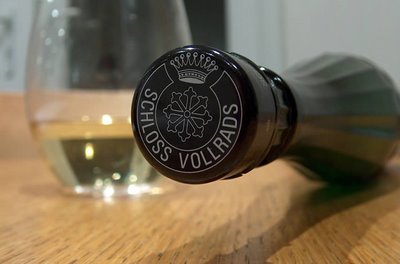 On the way back from Graz through Frankfurt airport (busy, horrible, much prefer Munich where I changed on the way out) I looked at the wine selection. Just one bottle caught my eye, amid a sea of big brands and rather obvious international wines - this deliciously crisp and focused Riesling from Schloss Vollrads. Sealed with a Vino-Lok, it's a trocken (dry) style which is very popular in Germany, but isn't seen all that often in the UK.
On the way back from Graz through Frankfurt airport (busy, horrible, much prefer Munich where I changed on the way out) I looked at the wine selection. Just one bottle caught my eye, amid a sea of big brands and rather obvious international wines - this deliciously crisp and focused Riesling from Schloss Vollrads. Sealed with a Vino-Lok, it's a trocken (dry) style which is very popular in Germany, but isn't seen all that often in the UK.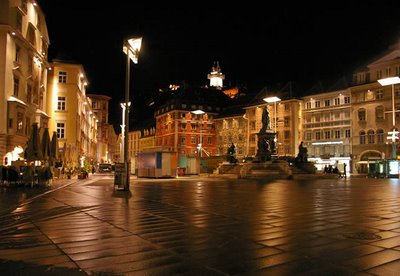
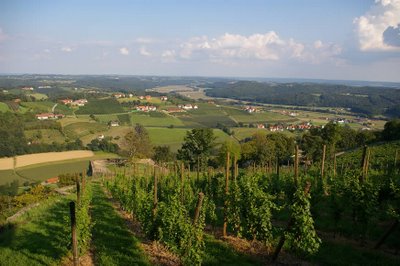
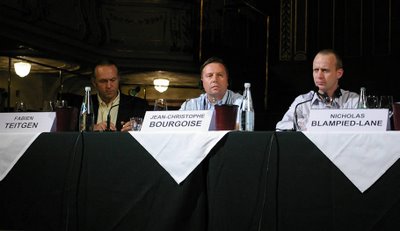 Then there was a panel tasting looking at the ageing potential of Sauvignon Blanc. If the conclusion of our clones panel was that it's a bit of a non-issue, then the conclusion of this panel was don't bother ageing Sauvignon Blanc. [Maybe I'm being a bit naughty here.] I just loved the typo in Jean-Christoph Bourgeois' name (pictured).
Then there was a panel tasting looking at the ageing potential of Sauvignon Blanc. If the conclusion of our clones panel was that it's a bit of a non-issue, then the conclusion of this panel was don't bother ageing Sauvignon Blanc. [Maybe I'm being a bit naughty here.] I just loved the typo in Jean-Christoph Bourgeois' name (pictured).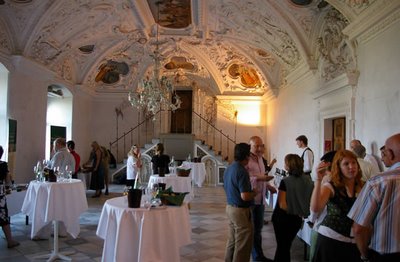
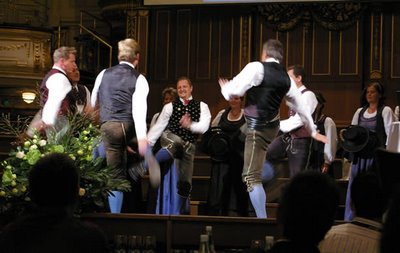
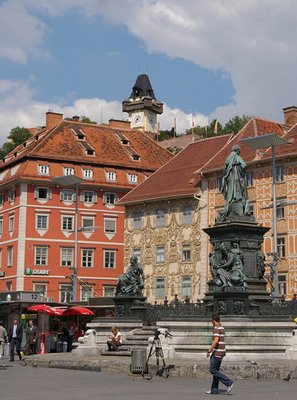
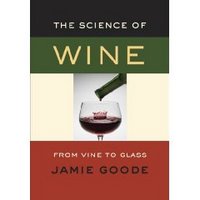
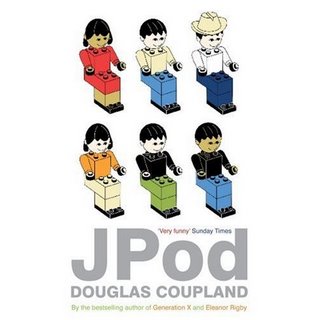
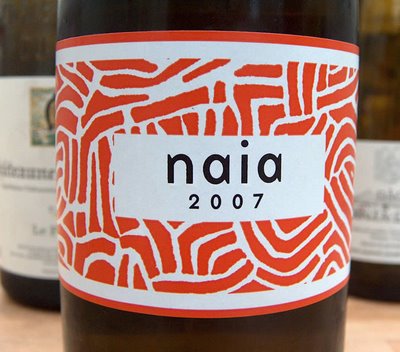
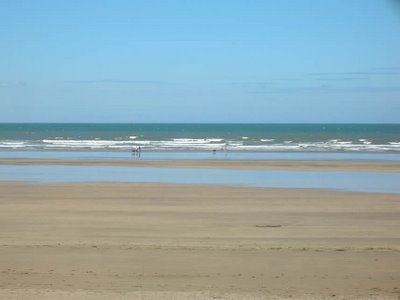
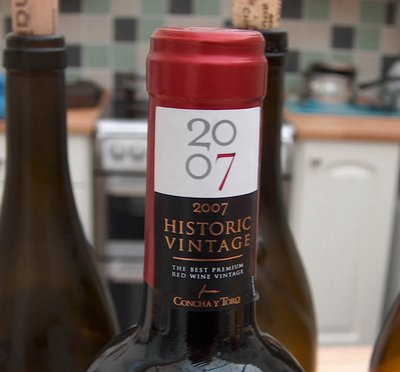
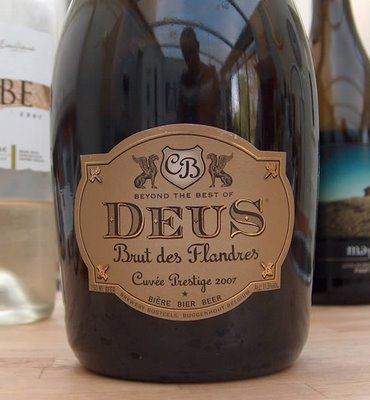
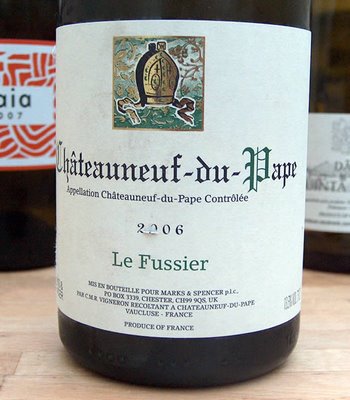
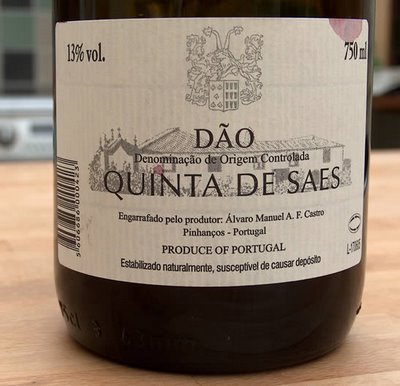
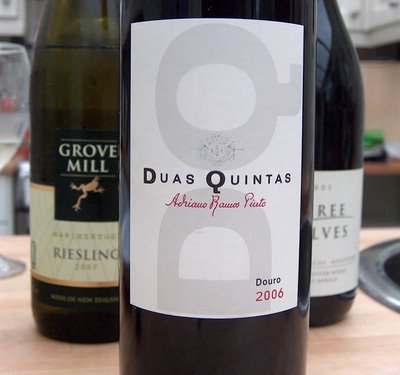
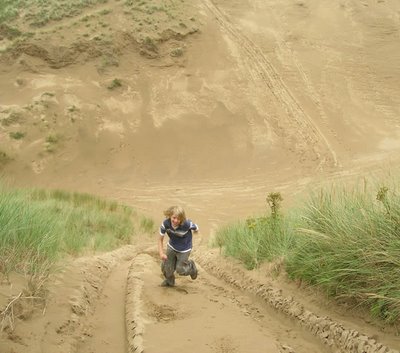
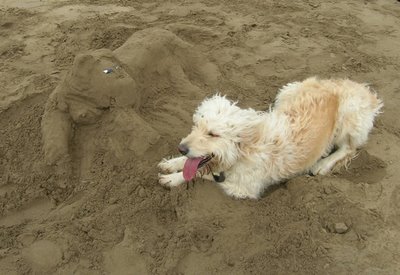
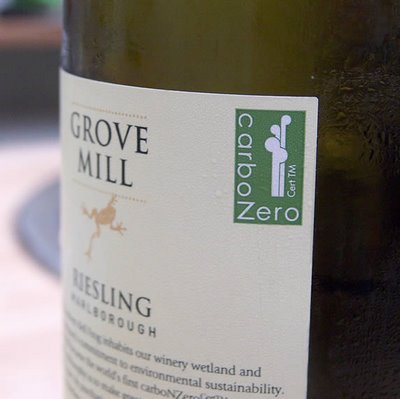

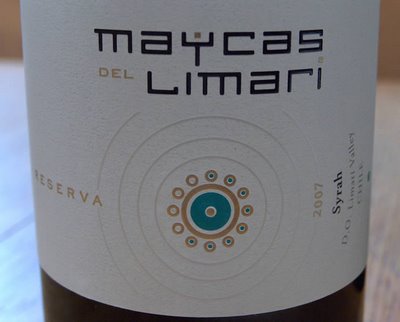
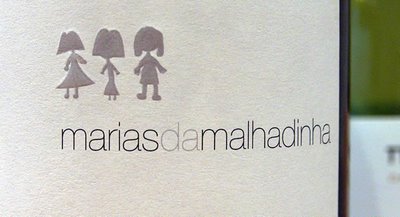
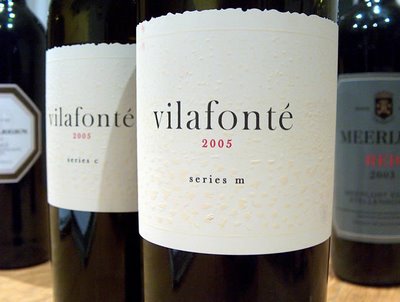
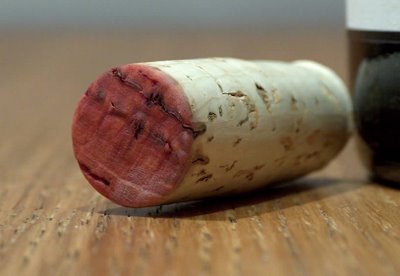
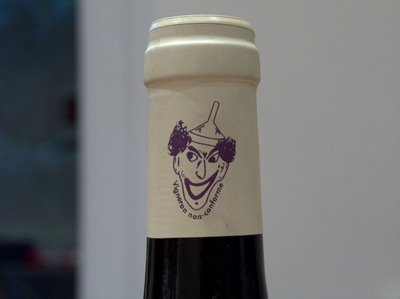
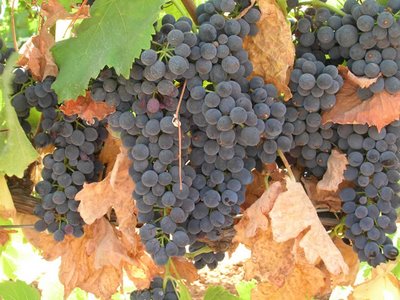
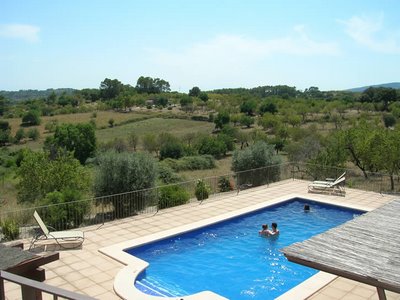
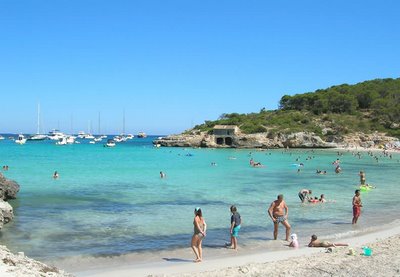
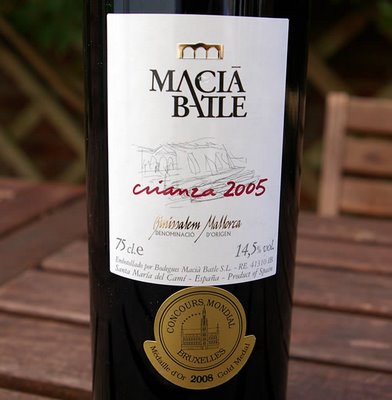
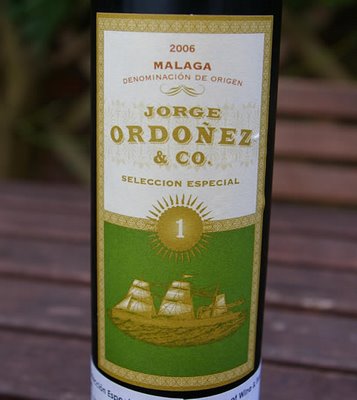
 The web log of wine journalist Jamie Goode. Feel free to nose around; your comments are welcome
The web log of wine journalist Jamie Goode. Feel free to nose around; your comments are welcome 
